Home>Maintenance & Safety>Safety Equipment & Products>What Do I Need To Childproof My Home?
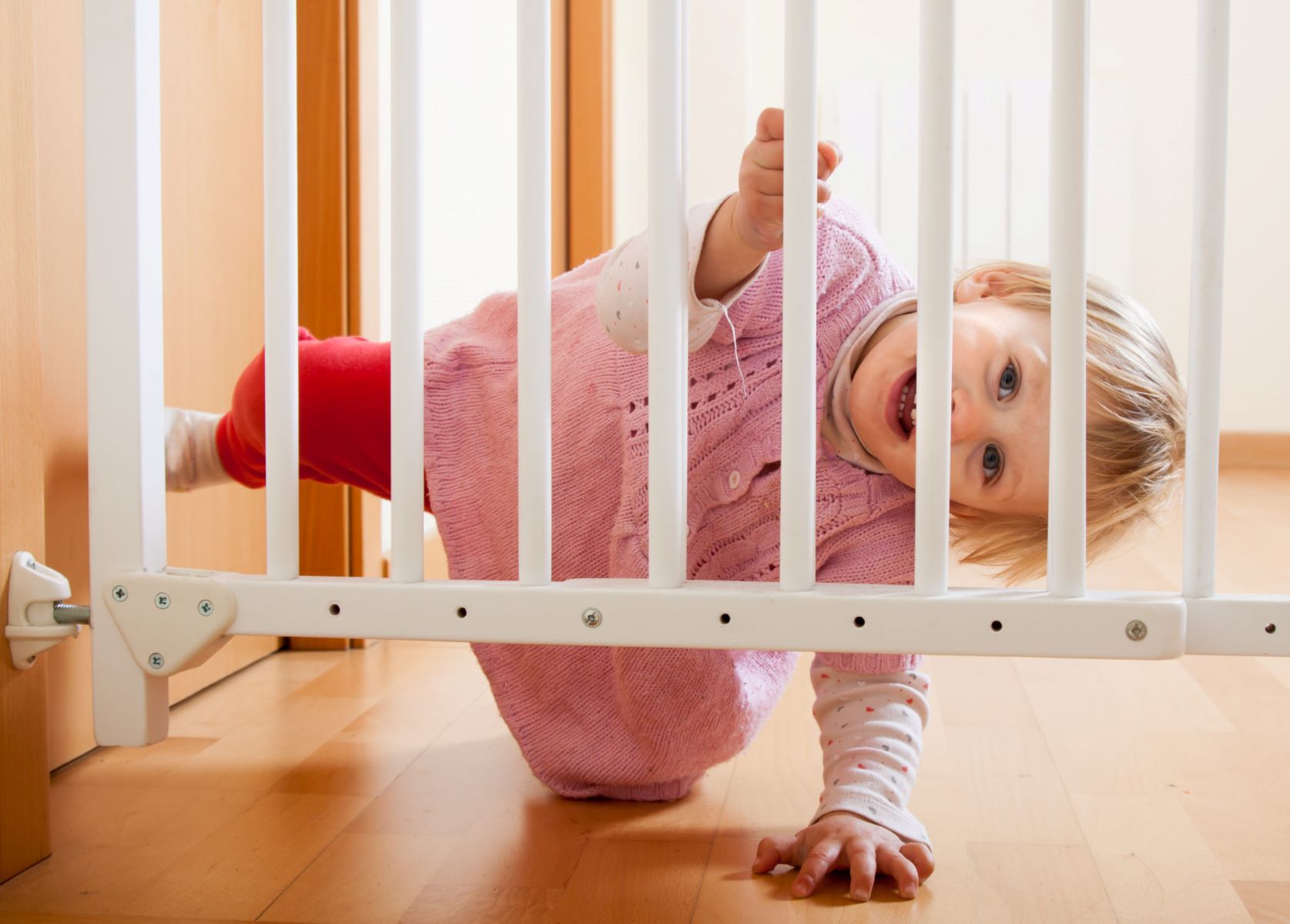

Safety Equipment & Products
What Do I Need To Childproof My Home?
Modified: March 2, 2024
Ensure your child's safety with the right equipment and products. Discover what you need to childproof your home for peace of mind. Shop now!
(Many of the links in this article redirect to a specific reviewed product. Your purchase of these products through affiliate links helps to generate commission for Storables.com, at no extra cost. Learn more)
Overview of Childproofing
Childproofing your home is a crucial step in ensuring the safety and well-being of your little ones. It involves identifying and addressing potential hazards to minimize the risk of accidents. From electrical outlets to sharp corners and beyond, there are numerous areas in your home that may pose a threat to your child’s safety. By implementing various childproofing measures, you can create a secure environment where your child can explore and play without unnecessary risks.
When childproofing your home, it’s essential to conduct a thorough assessment of each room and identify potential dangers. This includes evaluating furniture, appliances, electrical outlets, sharp edges, and other elements that could pose a risk to your child. By understanding the specific needs of each area in your home, you can tailor your childproofing efforts to address the unique challenges presented by different spaces.
Childproofing is not a one-time task; it’s an ongoing process that should evolve as your child grows and becomes more curious and mobile. As your child develops new skills and abilities, they may encounter different hazards that were not a concern before. Therefore, regularly reassessing and updating your childproofing measures is essential to maintain a safe environment for your child.
By taking a proactive approach to childproofing, you can create a secure and nurturing space where your child can thrive while minimizing the risk of accidents and injuries. From safety gates to electrical outlet covers and furniture anchors, there are various tools and strategies available to help you effectively childproof your home.
Next, we’ll delve into specific childproofing measures for different areas of your home, providing valuable insights and practical tips to help you create a safe and secure environment for your child.
Key Takeaways:
- Childproofing your home involves using safety gates, outlet covers, furniture anchors, and more to create a secure environment for your child to explore and play while minimizing the risk of accidents.
- Regularly reassess and update your childproofing measures as your child grows and becomes more curious and mobile to maintain a safe environment for them to thrive.
Safety Gates and Door Locks
As your child begins to explore their surroundings, safety gates and door locks become essential tools for creating secure boundaries and restricting access to potentially hazardous areas. Safety gates are particularly valuable for blocking off stairways, preventing falls and injuries. When choosing safety gates, opt for those specifically designed for the top and bottom of stairs, as they are equipped with features to ensure stability and prevent dislodgment.
Additionally, safety gates are useful for cordoning off areas such as kitchens and home offices, where your child may encounter sharp objects, hot surfaces, or other potential dangers. By strategically placing safety gates, you can create safe zones within your home while allowing your child the freedom to explore under your watchful eye.
Door locks are another vital component of childproofing, serving to prevent access to rooms that may contain hazards such as cleaning supplies, medications, or fragile items. Lever door locks, which can be easily installed and operated, are an excellent choice for securing doors without the need for permanent modifications.
When installing safety gates and door locks, it’s crucial to follow the manufacturer’s instructions carefully to ensure proper installation and functionality. Regularly inspect these safety features to confirm that they remain secure and effective. As your child grows and becomes more adept at navigating the home environment, you may need to adjust or upgrade your safety gates and door locks to accommodate their changing needs and capabilities.
By incorporating safety gates and door locks into your childproofing strategy, you can create a secure environment that allows your child to explore and learn while minimizing the risk of accidents and injuries.
Electrical Outlet Covers
Electrical outlet covers are an essential component of childproofing, serving to safeguard your child from the potential dangers posed by exposed outlets. Young children are naturally curious and may attempt to insert objects into outlets, posing a risk of electric shock or injury. By installing outlet covers, you can create a protective barrier that prevents your child from accessing the electrical sockets.
When selecting outlet covers, opt for models that are specifically designed for child safety, featuring a snug fit and tamper-resistant design. These covers are designed to be difficult for young children to remove, reducing the risk of them accessing the outlets. It’s important to ensure that the outlet covers are securely in place and cannot be easily dislodged by curious little hands.
During the installation of outlet covers, it’s crucial to inspect each outlet in your home, including those that are frequently used and those in less frequented areas. Ensuring that all outlets are adequately covered is essential for maintaining a safe environment for your child. Additionally, consider utilizing sliding outlet covers for frequently used outlets, as they provide convenient access for adults while offering protection against tampering by children.
Regularly inspect outlet covers for signs of wear or damage, replacing them as needed to maintain their effectiveness. As your child grows and becomes more dexterous, they may attempt to remove outlet covers out of curiosity. In such cases, reinforcing the importance of electrical safety and promptly replacing any removed covers is crucial to preserving a secure environment.
By incorporating high-quality electrical outlet covers into your childproofing measures, you can mitigate the risk of electrical accidents and provide a secure environment for your child to explore and play.
Cabinet and Drawer Locks
Children’s innate curiosity often leads them to explore the contents of cabinets and drawers, which may harbor various household hazards such as cleaning products, sharp utensils, and small objects that pose a choking risk. Cabinet and drawer locks are indispensable tools for safeguarding your child against these potential dangers, preventing access to off-limits areas within your home.
When selecting cabinet and drawer locks, opt for models that are specifically designed for childproofing, featuring sturdy construction and a reliable locking mechanism. These locks are engineered to withstand the efforts of curious toddlers, ensuring that the contents of cabinets and drawers remain inaccessible to them.
It’s essential to install cabinet and drawer locks on all cabinets and drawers that contain potentially hazardous items or valuable objects that you wish to keep out of your child’s reach. This includes cabinets in the kitchen, bathroom, and any other areas where hazardous substances or fragile items are stored.
Regularly inspect the functionality of cabinet and drawer locks to ensure that they remain secure and effective. As your child grows and develops new skills, they may become more adept at manipulating locks and latches. In such cases, consider upgrading to advanced locking mechanisms that provide enhanced security against your child’s evolving capabilities.
When installing cabinet and drawer locks, follow the manufacturer’s instructions meticulously to ensure proper installation and functionality. Additionally, educate other household members and caregivers about the importance of consistently securing the locks after use, maintaining a collective commitment to child safety.
By integrating robust cabinet and drawer locks into your childproofing strategy, you can create a secure environment that minimizes the risk of accidents and allows your child to explore their surroundings with confidence and safety.
Furniture Anchors
Securing furniture to prevent tipping is a critical aspect of childproofing your home, as unanchored furniture poses a significant risk of tipping over and causing injury to young children. Furniture anchors, also known as anti-tip straps, provide a reliable solution for preventing tip-over accidents, particularly with items such as dressers, bookcases, and entertainment centers that have the potential to topple if not properly secured.
When selecting furniture anchors, opt for high-quality, durable straps designed specifically for anchoring furniture to walls. These anchors typically consist of straps that attach to the back of the furniture and secure to the wall, effectively preventing tipping accidents. It’s essential to follow the manufacturer’s guidelines for installation, ensuring that the anchors are securely affixed to both the furniture and the wall.
Inspect the stability of anchored furniture regularly, verifying that the straps remain taut and the furniture is effectively secured. Additionally, educate your child about the importance of not climbing or hanging on furniture, reinforcing the message that certain pieces of furniture are not to be used for support or play.
When arranging furniture in your home, consider the placement of heavy or tall items and prioritize anchoring those that pose a potential tipping hazard. By proactively securing furniture with anchors, you can significantly reduce the risk of tip-over accidents and create a safer environment for your child to explore and play.
Install safety latches on cabinets and drawers to keep dangerous items out of reach of children. This will help prevent accidents and keep your home childproof.
Read more: How Do I Childproof My Floor Vents?
Window Guards and Safety Netting
Windows are potential points of concern when childproofing your home, as they pose a risk of falls and other accidents. Window guards and safety netting provide effective solutions for enhancing window safety, particularly in multi-story homes or residences with elevated windows.
Window guards are designed to prevent children from accidentally falling out of open windows while allowing for adequate ventilation. When selecting window guards, ensure that they are installed according to the manufacturer’s specifications and comply with safety standards. Opt for guards that are sturdy and feature a design that prevents children from bypassing or dislodging them.
Safety netting is another valuable tool for enhancing window safety, especially for windows located on upper floors or in areas where falls from height are a concern. Safety netting serves as an additional barrier to prevent falls, offering peace of mind while allowing natural light to enter the space.
Regularly inspect window guards and safety netting to confirm that they remain securely in place and free from damage. Ensure that the mechanisms for opening and closing windows are not obstructed by the guards or netting, maintaining functionality while prioritizing safety.
When childproofing your home, it’s crucial to consider the specific layout and features of your windows, customizing your approach to address any potential hazards effectively. By incorporating window guards and safety netting into your childproofing measures, you can create a secure environment that minimizes the risk of falls and provides a safe space for your child to enjoy.
Edge and Corner Guards
As your child begins to explore their surroundings, the presence of sharp edges and corners in your home can pose a potential risk of injury. Edge and corner guards are essential components of childproofing, designed to cushion these areas and minimize the impact of accidental collisions, reducing the risk of cuts, bruises, and other injuries.
When selecting edge and corner guards, opt for soft, impact-absorbing materials that effectively cushion the edges and corners of furniture, countertops, and other surfaces. These guards are available in various shapes and sizes to accommodate different furniture profiles and room layouts, providing comprehensive coverage where needed.
It’s important to install edge and corner guards on furniture pieces with sharp edges or corners, particularly those at a height that aligns with your child’s head or body. Common areas for the application of guards include coffee tables, dining tables, and low countertops, as these surfaces are frequently within a child’s reach and may pose a risk of injury upon impact.
Regularly inspect the condition of edge and corner guards, ensuring that they remain securely in place and free from damage. As your child grows and becomes more mobile, they may inadvertently dislodge or damage the guards. In such cases, promptly replace or repair the guards to maintain a safe environment for your child.
By integrating edge and corner guards into your childproofing strategy, you can create a secure and nurturing environment that minimizes the risk of injuries resulting from accidental collisions with sharp edges and corners, allowing your child to explore their surroundings with confidence and safety.
Safety Straps for TVs and Furniture
Securing TVs and furniture with safety straps is a crucial aspect of childproofing, as unsecured items pose a significant risk of tipping over and causing injury to young children. Safety straps are designed to anchor these items to walls or other stable fixtures, preventing tip-over accidents and creating a safer environment for your child to explore.
When selecting safety straps, prioritize high-quality, durable options specifically designed for anchoring TVs and furniture. These straps are typically adjustable and feature secure attachment mechanisms, effectively preventing tipping and displacement.
It’s essential to install safety straps for TVs and furniture according to the manufacturer’s guidelines, ensuring that the items are firmly anchored and resistant to tipping or displacement. Pay particular attention to heavy or tall furniture pieces, such as bookcases and wardrobes, as well as large-screen TVs, which may present a higher risk of tipping over if not properly secured.
Regularly inspect the stability of anchored items, confirming that the safety straps remain taut and effectively secure the TVs and furniture. Educate your child about the importance of not climbing or hanging on furniture, reinforcing the message that certain items are not to be used for support or play.
By incorporating robust safety straps for TVs and furniture into your childproofing measures, you can significantly reduce the risk of tip-over accidents and create a secure environment that allows your child to explore and play with confidence and safety.
Safety Latches for Toilets and Appliances
When childproofing your home, it’s essential to address potential hazards in areas such as bathrooms and kitchens, where toilets and appliances present unique safety concerns. Safety latches for toilets and appliances are invaluable tools for preventing access to these fixtures and minimizing the risk of accidents.
Toilet safety latches are designed to restrict a child’s access to the toilet bowl, preventing them from reaching into the water or potentially falling in. These latches are typically easy for adults to operate while effectively preventing unsupervised access by young children. When selecting toilet safety latches, opt for models that are durable, easy to install, and compatible with various toilet designs.
Appliance safety latches serve to secure access to refrigerators, ovens, dishwashers, and other household appliances that may pose risks such as entrapment, burns, or access to sharp objects. These latches are designed to prevent children from opening appliance doors or accessing hazardous areas, enhancing overall safety in the kitchen and other areas where appliances are located.
It’s crucial to install safety latches for toilets and appliances according to the manufacturer’s instructions, ensuring that they are securely affixed and resistant to tampering by young children. Regularly inspect the functionality of these latches, verifying that they remain effective in preventing access to toilets and appliances.
When educating your child about household safety, emphasize the importance of not playing with or attempting to open toilets and appliances without adult supervision. By instilling these safety practices, you further reinforce the protective measures provided by the latches, creating a secure environment for your child to explore and learn.
By incorporating safety latches for toilets and appliances into your childproofing strategy, you can enhance the overall safety of your home and minimize the risk of accidents in areas where potential hazards are present.
Read more: What Do I Need For My Bar Cart
Childproofing for Stairs and Balconies
Stairs and balconies present unique safety challenges in a home, particularly for young children who are prone to exploration and may be unaware of potential risks. Childproofing these areas is essential to prevent falls and ensure a secure environment for your child to navigate.
Safety gates are indispensable for childproofing stairways, serving to block access and prevent falls. When selecting safety gates for stairs, opt for models specifically designed for this purpose, featuring sturdy construction and a secure latching mechanism. It’s essential to install safety gates at both the top and bottom of staircases to effectively restrict access and minimize the risk of accidents.
Balcony safety netting provides an additional layer of protection, particularly for elevated outdoor spaces. These nets are designed to prevent falls from balconies while allowing for unobstructed views and airflow. When installing balcony safety netting, ensure that it is securely affixed and complies with safety standards to provide a reliable barrier against falls.
Inspect the condition of safety gates and balcony netting regularly, confirming that they remain securely in place and free from damage. As your child grows and becomes more mobile, they may test the boundaries imposed by these safety measures. It’s crucial to reinforce the importance of respecting these safety barriers and promptly address any signs of wear or damage to maintain a secure environment.
When educating your child about household safety, emphasize the importance of not climbing on or attempting to bypass safety gates and balcony netting. By instilling these safety practices, you enhance the protective measures provided by the childproofing measures, creating a secure environment for your child to explore with confidence.
By incorporating safety gates for stairs and balcony netting into your childproofing strategy, you can significantly reduce the risk of falls and create a safe environment that allows your child to navigate your home with security and peace of mind.
Frequently Asked Questions about What Do I Need To Childproof My Home?
Was this page helpful?
At Storables.com, we guarantee accurate and reliable information. Our content, validated by Expert Board Contributors, is crafted following stringent Editorial Policies. We're committed to providing you with well-researched, expert-backed insights for all your informational needs.
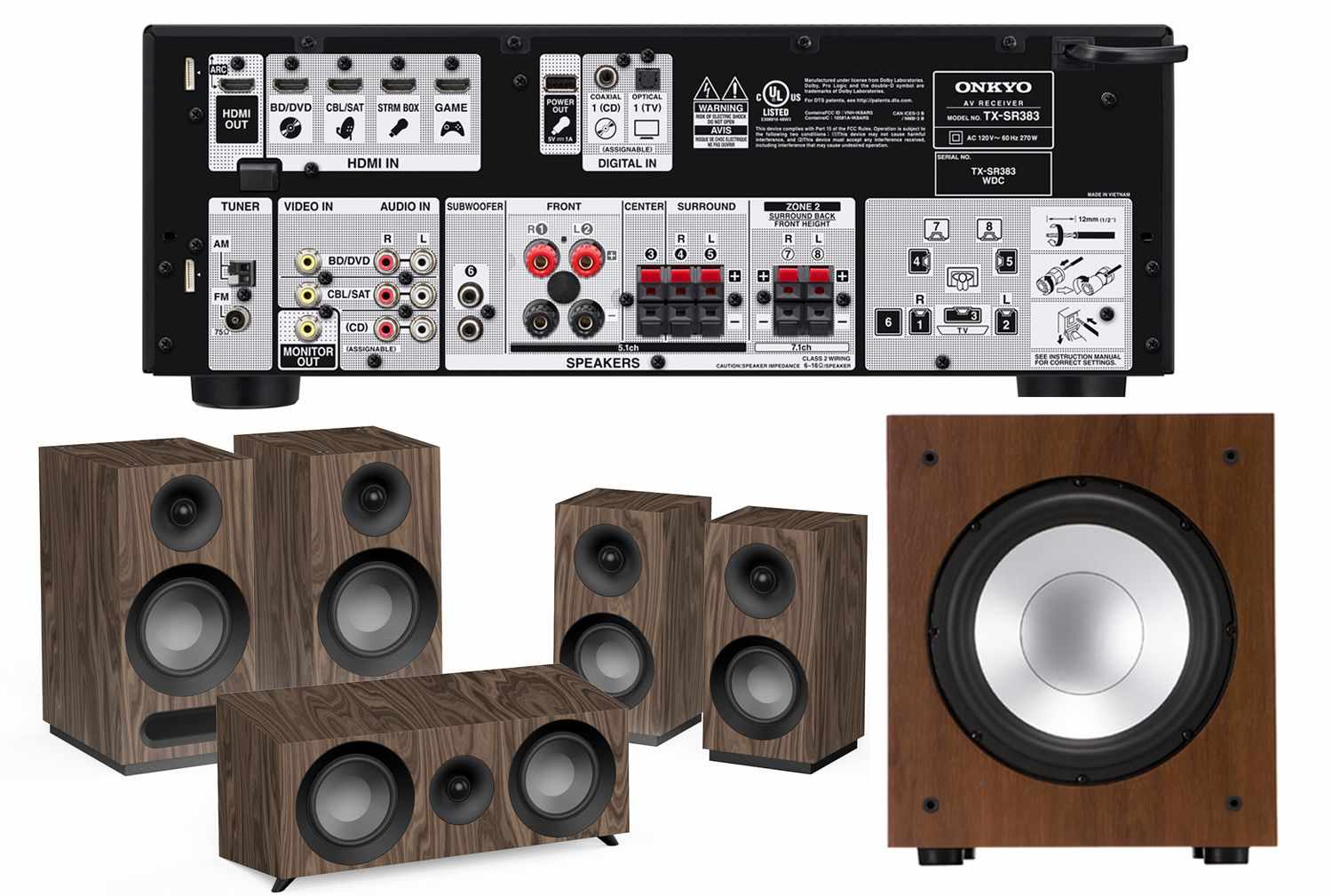
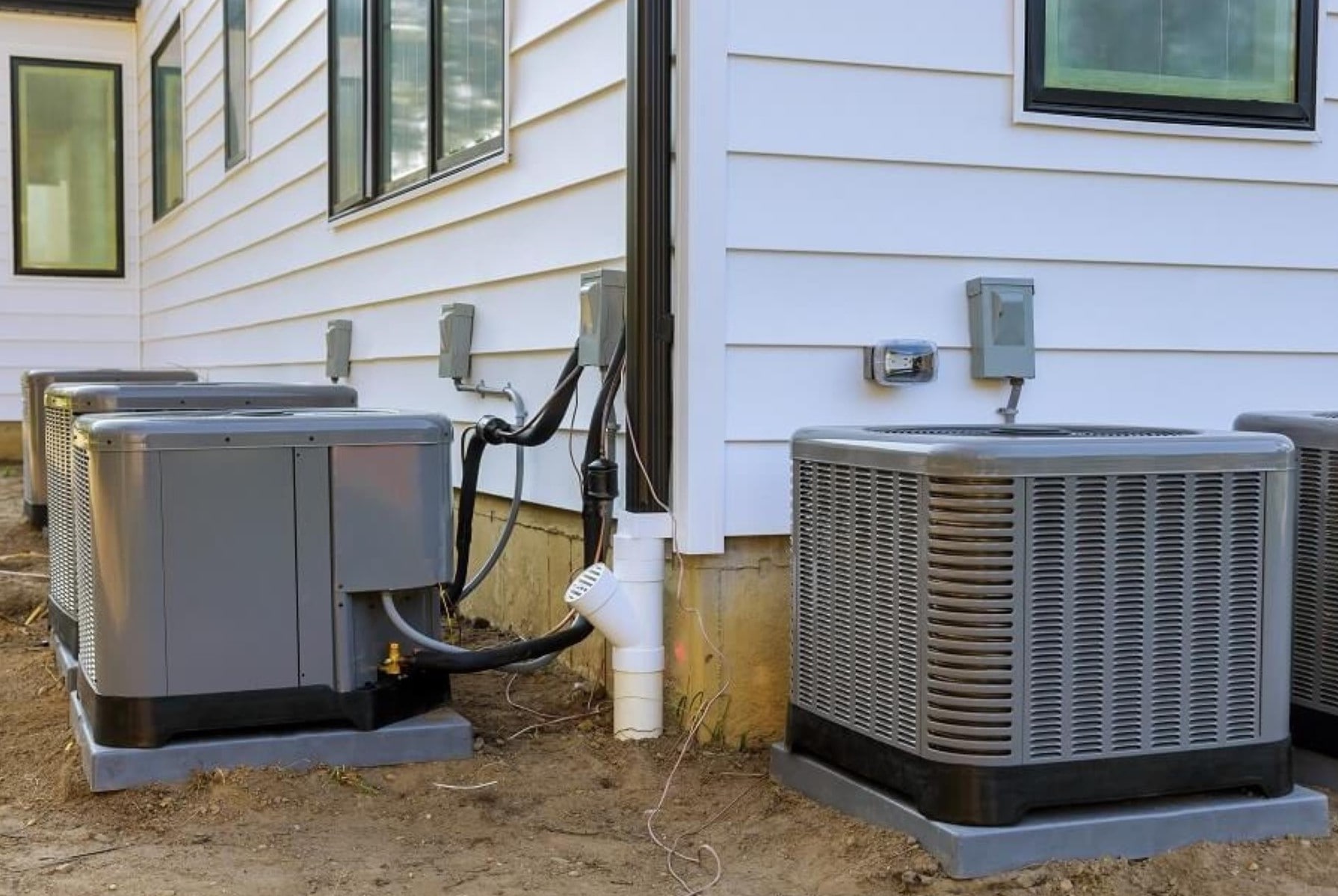
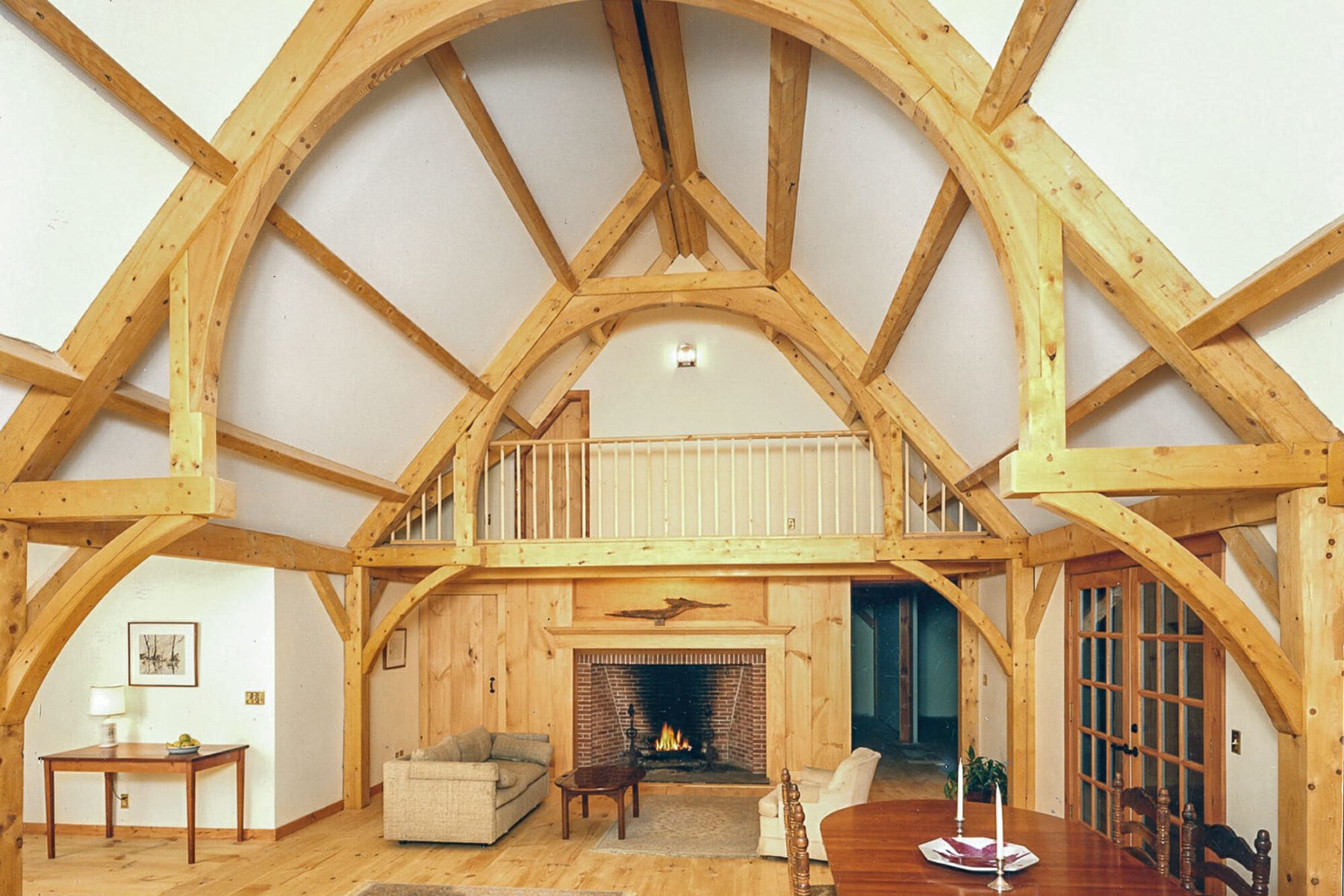
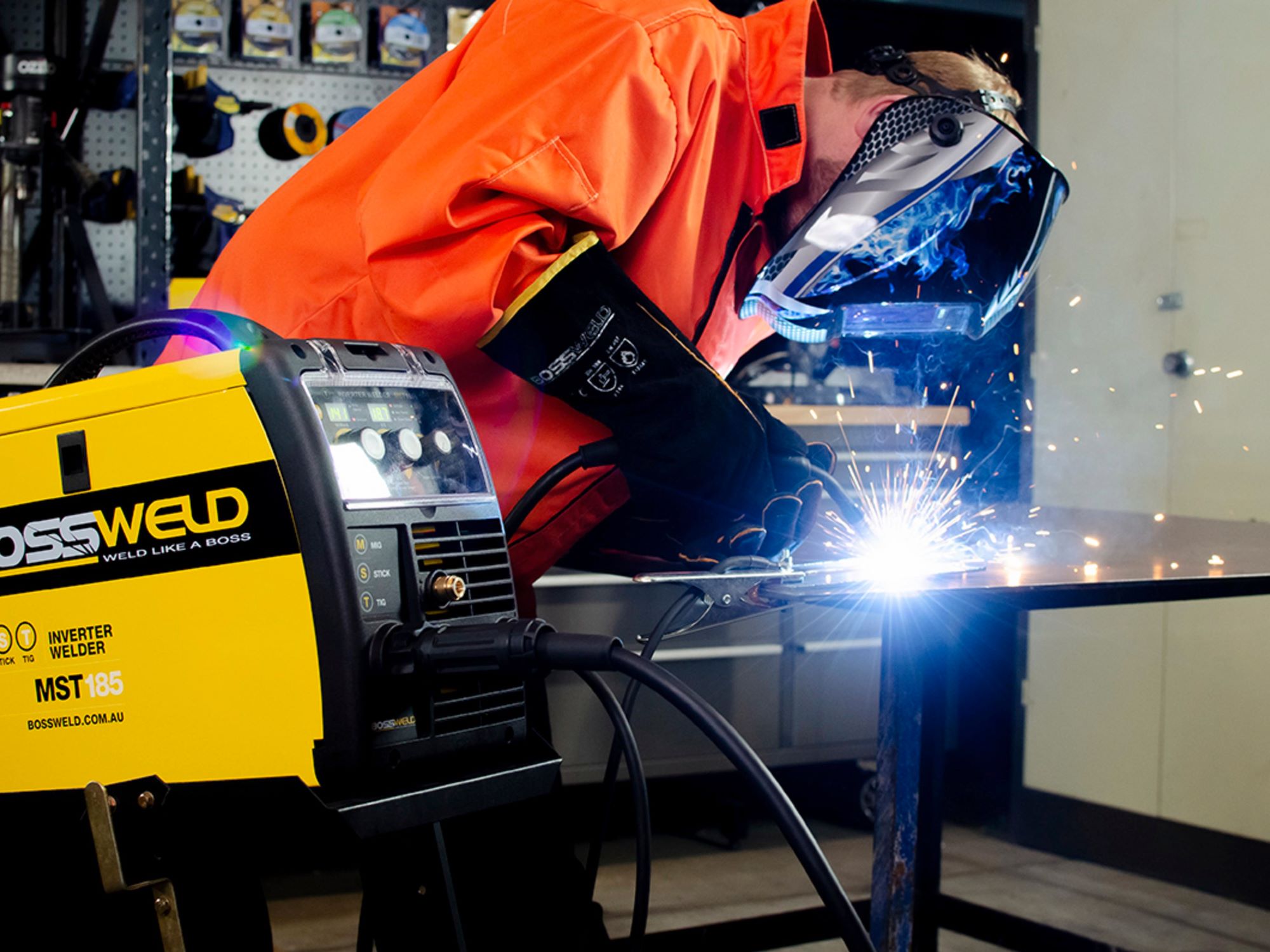


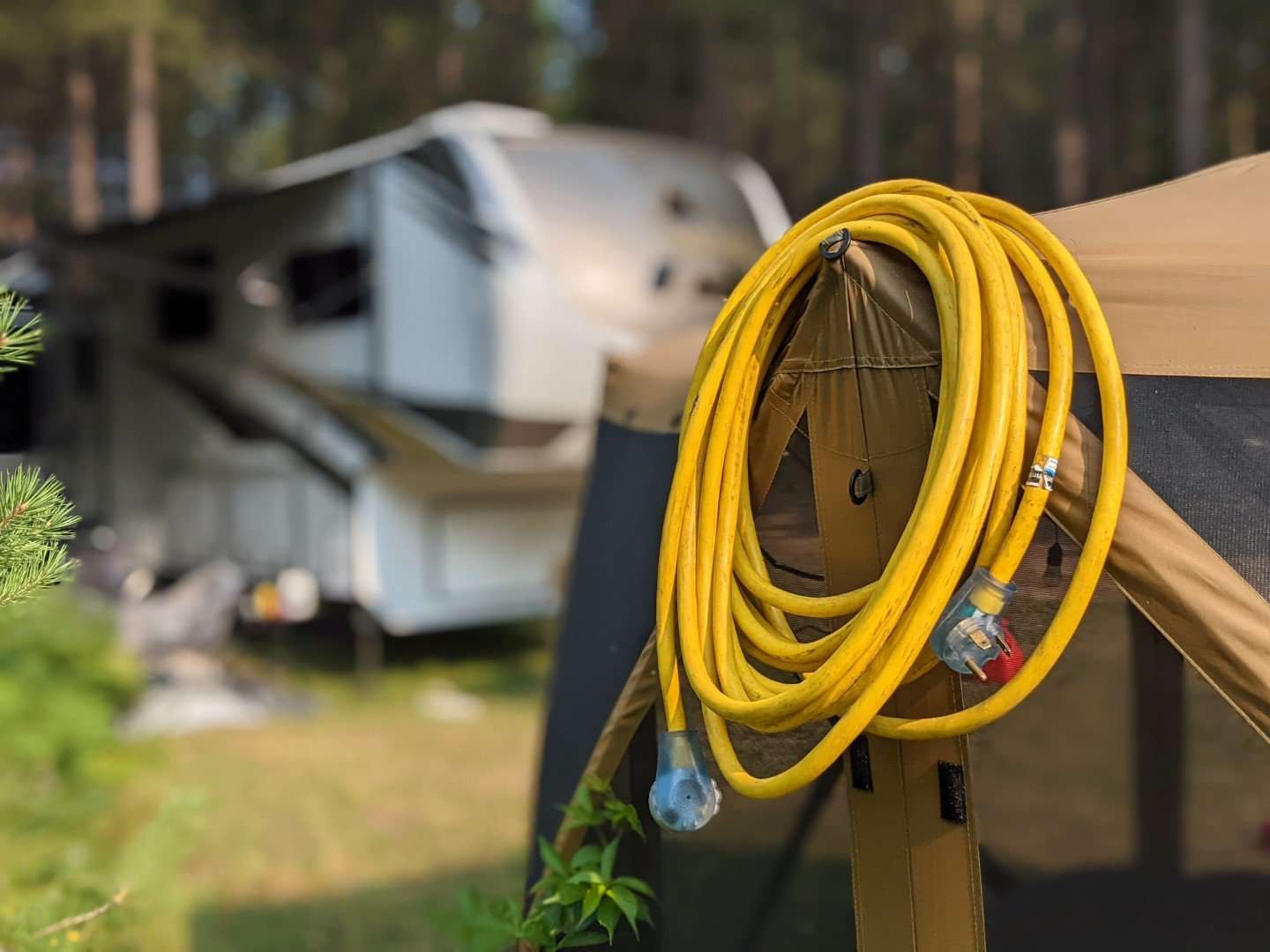
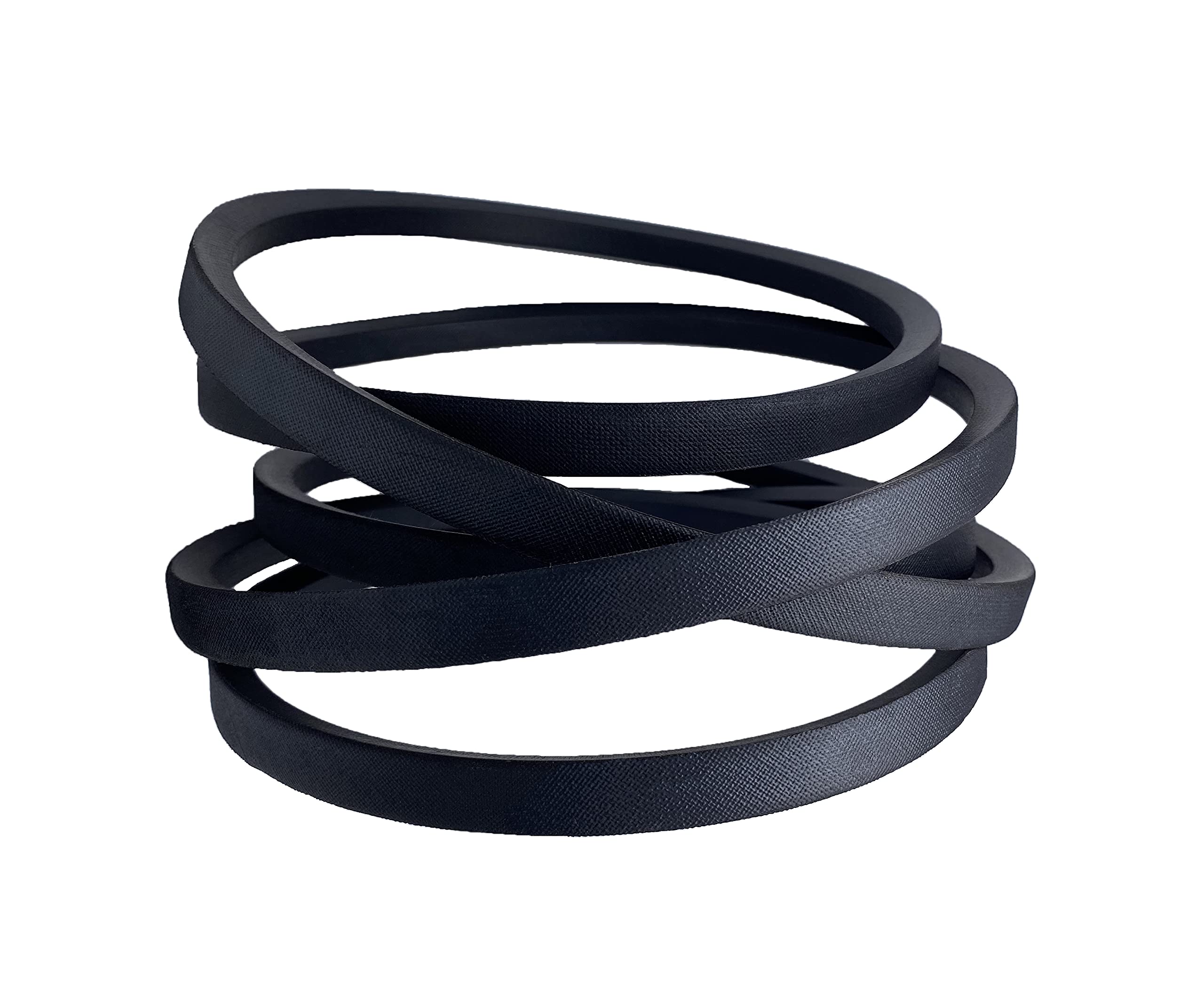

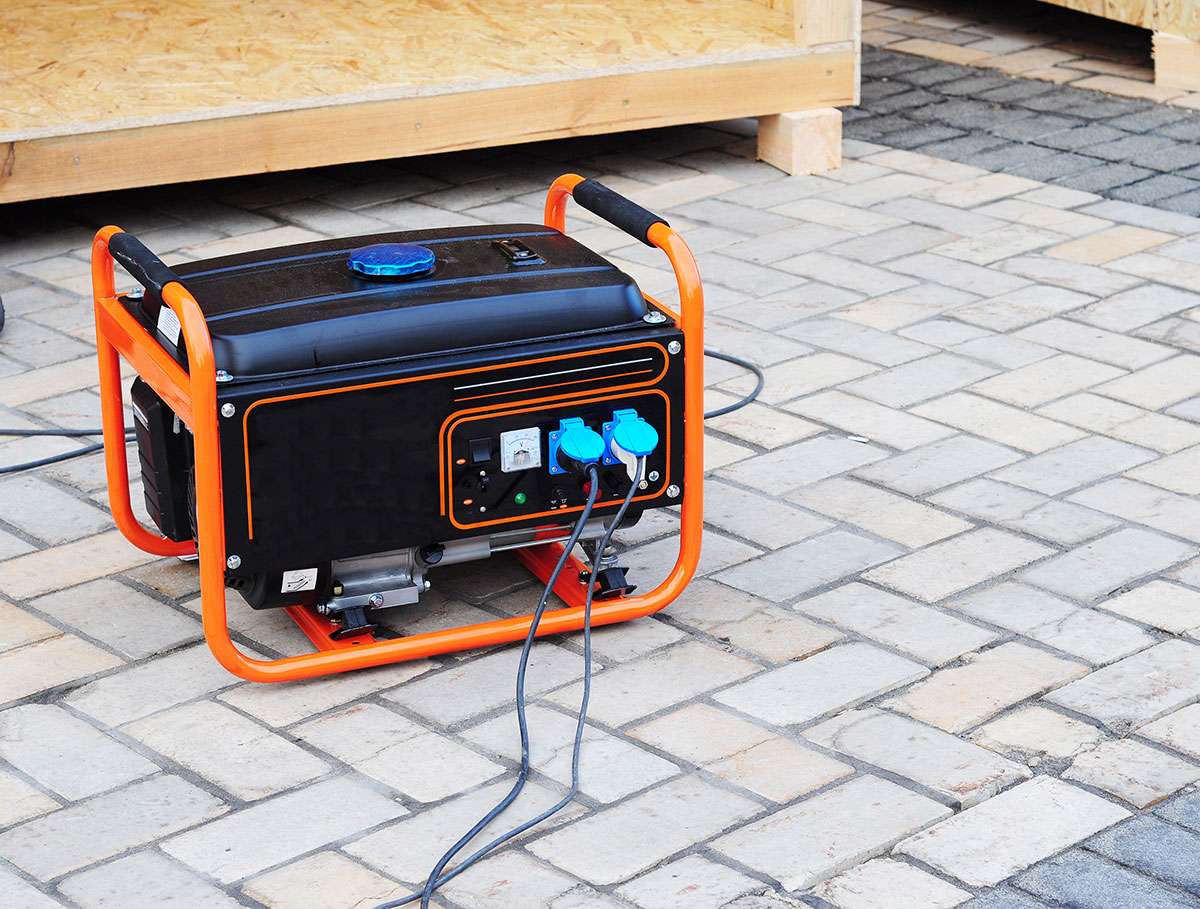
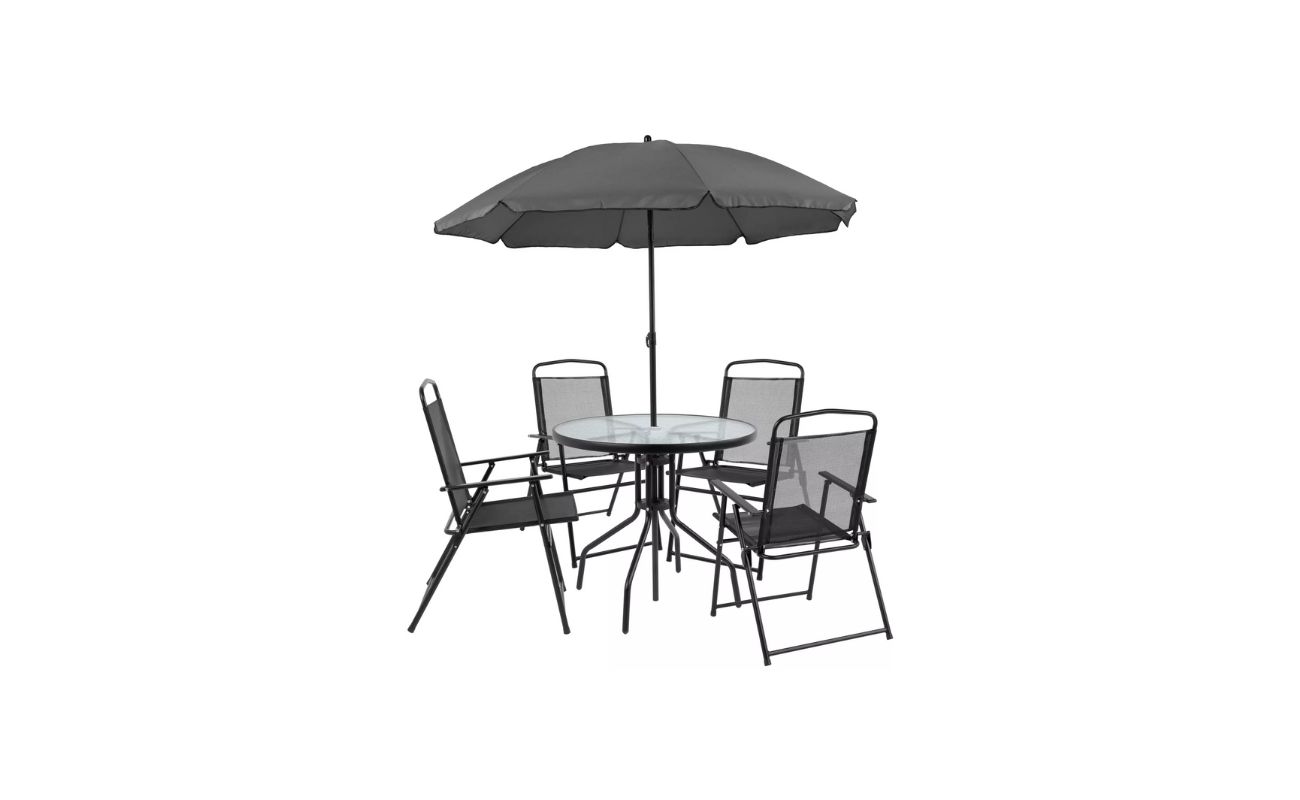

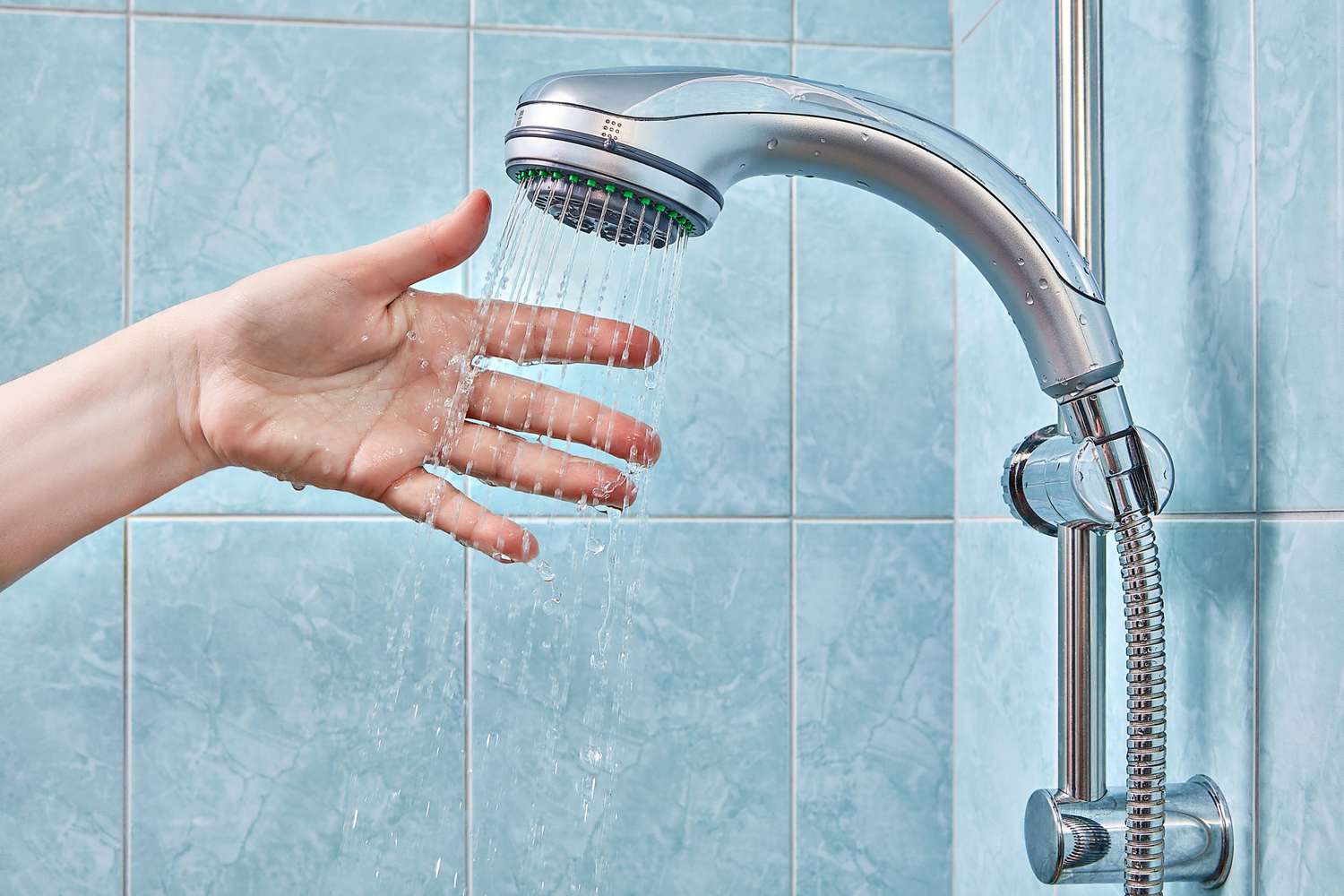

0 thoughts on “What Do I Need To Childproof My Home?”